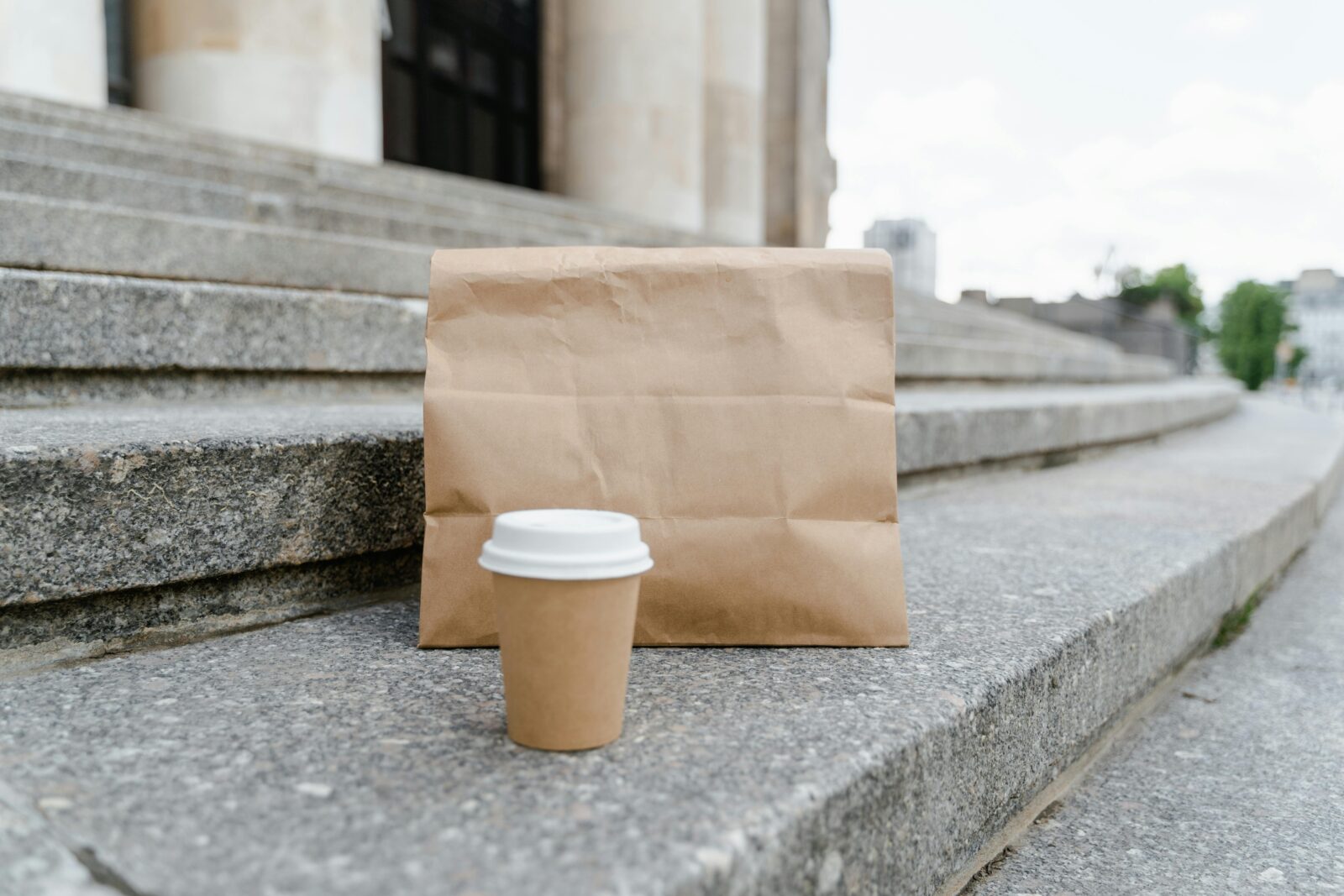Packaging isn’t just practical—it’s pivotal in the shopper’s mind. The concept of Reverse Ingredients, also known as “Negative Selling,” shifts packaging strategy from advertising what is inside to spotlighting what isn’t. Bold claims like “No 47 additives” or “Free from 12 allergens” appeal to consumer fears, simplify decision‑making, and tap into “loss aversion” and “health halo” effects. This trend addresses rising skepticism toward ultra-processed foods and draws in health‑aware shoppers seeking clarity in crowded aisles.
Trend Snapshot / Factbox
| Aspect | Details |
|---|---|
| Trend name and definition | Reverse Ingredients—packaging that emphasizes absence of certain contents rather than presence |
| Main ingredients/key messaging | Big-font “WITHOUT…” claims (e.g., sugar, additives, allergens), with real ingredients in smaller print |
| Current distribution | Found in premium snacks, drinks, kids’ foods, health‑food aisles |
| Key brands/products | PepsiCo “Simply” line, supermarket Free‑From brands, infant/kids’ products “no added sugar” |
| Social media hashtags/presence | #NoAdditives #FreeFrom #CleanLabel |
| Target demographics | Millennials, parents, allergy sufferers, Clean‑Eating community |
| “Wow‑factor” | Instant recognition of what’s avoided, psychologically reassuring |
| Trend phase | Peak; part of ongoing clean‑label wave, stronger than simply additive listing |
The Psychology of ‘Without’
Negative claims gain more traction than positive ones due to cognitive biases. When packaging states “without X”, the message activates loss aversion—we fear missing out or loss more than we desire equivalent gains. Emphasizing absence triggers stronger emotional responses than simply listing ingredients.
Simultaneously, the Health Halo effect causes consumers to overestimate a product’s wellness when one positive cue appears on packaging. Studies show that even claiming “no artificial colours” can lead shoppers to perceive an unhealthy product as healthier overall.
Moreover, “WITHOUT” labels simplify complex choices and build trust. Instead of parsing ingredient lists, consumers instantly grasp what they avoid—especially relevant for those with allergies or on dietary plans.
Market Strategy Meets Clean-Label
Reverse ingredient claims carry premium appeal. They position a product above standard market offerings by signalling higher quality and greater attention to health and safety—justifying higher prices. Survey data suggests consumers are willing to pay 20–30% more for perceived clean-label benefits.
This strategy enables brands to differentiate themselves from low-cost counterparts and strengthen loyalty among niche audiences—millennials, parents, allergy-avoiders, and those following wellness diets.
Packaging Designed to Persuade
Front-of-Pack Emphasis
Key design: Front-of-pack large white or bold typography declaring “OHNE…” or “0%…”:
- Snacks: “OHNE Palmöl, Gluten, Zucker & 15 Zusatzstoffe”
- Drinks: “0% Zucker, 0% Aspartam, 0% Konservierungsstoffe”
- Kids: “ALLERGENFREI — keine Nüsse, kein Gluten, keine Milch”
Real ingredients—such as almonds, olive oil, or fruit juice—are disclosed discretely on the back.
Real-world Success Stories
Premium brands like PepsiCo’s Simply openly advertise “no artificial colours or flavours” up front, while supermarket chains feature “Free From” lines highlighting similar absences.
Infant and toddler foods increasingly tout “no added sugar” claims, though some research warns this can mislead parents about nutritional value. Yet, where implemented transparently, these messages build trust.
Regulator Watch & Transparency
In the EU, “free-from” claims are regulated, requiring verifiable absence and clarity. Health claims must reflect proven scientific evidence, avoiding misleading suggestions that competitors’ products are harmful.
Brands must invest in reformulating recipes, auditing supply chains, and adapting production lines—all of which raise costs and complexity. However, the payoff lies in consumer confidence and premium pricing.
Future of Negative Selling
Health Halo & Negative Selling
Front-of-Pack Claims
- “WITHOUT sugar, gluten, artificial sweeteners”
- “0% additives – 100% natural”
- “Free from 12 allergens”
Psychological Effects
- Loss Aversion: Consumers avoid perceived risks
- Health Halo: “Free-from” interpreted as “better-for-you”
- Cognitive Ease: Simpler decisions based on negatives
Brand Strategy Outcomes
- Increased shelf appeal
- Higher price acceptance
- Stronger trust and premium perception
A clean, mobile-responsive infographic illustrates:
- Top Panel: “WITHOUT sugar, artificial flavours…”
- Middle: Health-halo pathway showing boosted consumer perception
- Bottom: Strategy ideas—QR-coded additive lists, ingredient-countdown counters
(Generated with HTML/CSS, branded subtly “© Wild Bite Club”)
Interactive Packaging & Storytelling
Next-gen packaging may include QR codes linking to full ingredient stories, supplier transparency, or comparison graphics like “47 fewer additives vs. average snack.” Brands leveraging AI could tailor messaging to consumer profiles.
Future Outlook
Reverse Ingredients is more than a shelf trend—it reflects growing demand for transparency in food manufacturing. As it evolves, we may see:
- Smaller brands leveraging Negative Selling to rival big players
- Regulatory scrutiny tightening around misleading health claims
- Smart packaging using dynamic claims based on consumer needs
These developments will shape consumer trust and values in the grocery experience.
If you’re curious about TikTok’s influence on food trends, check out our story on Exotic Summer Fruits 2025 like sugar‑apple, feijoa & loquat.

